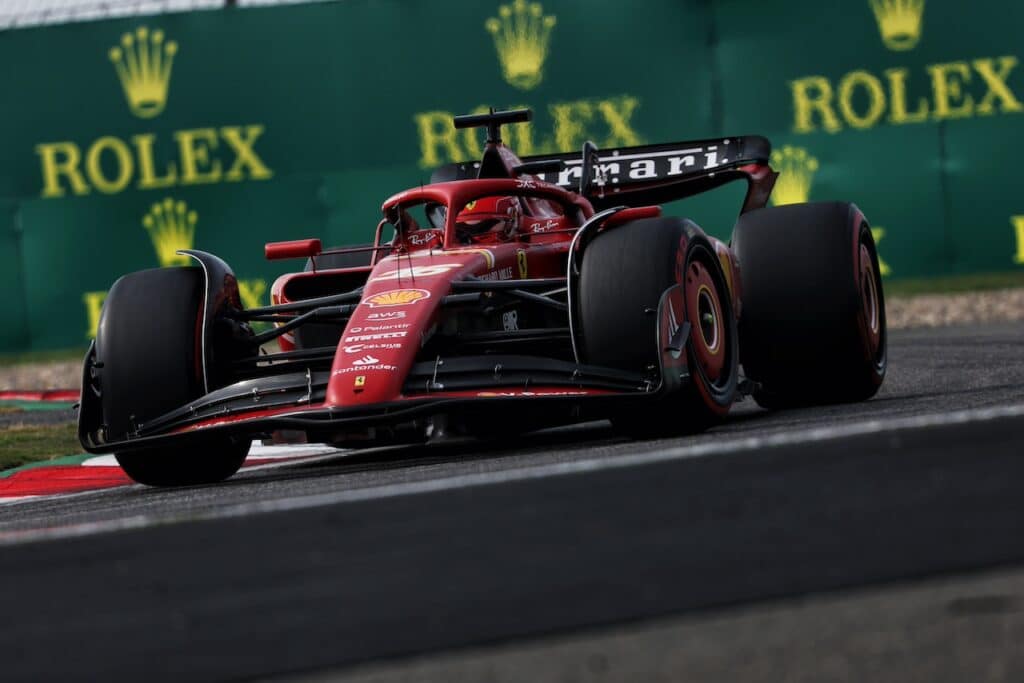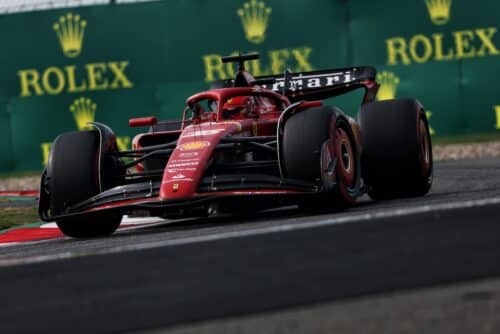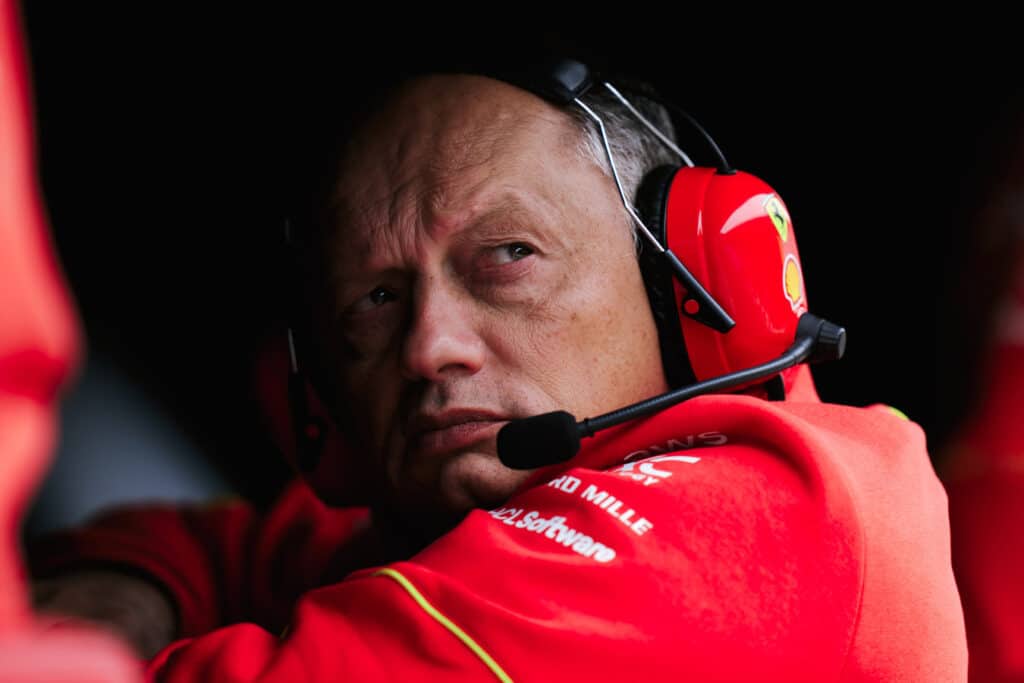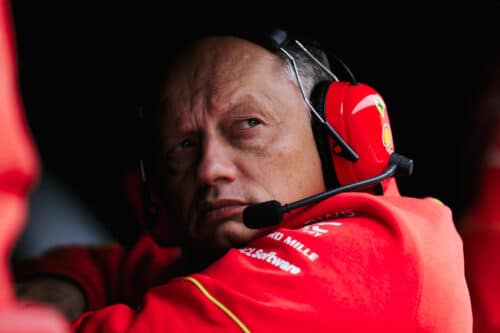F1 Spanish Grand Prix | Brembo reveals the secrets of the Montmelò plant
The Circuit de Barcelona-Catalunya falls into the category of circuits that are moderately demanding on the brakes
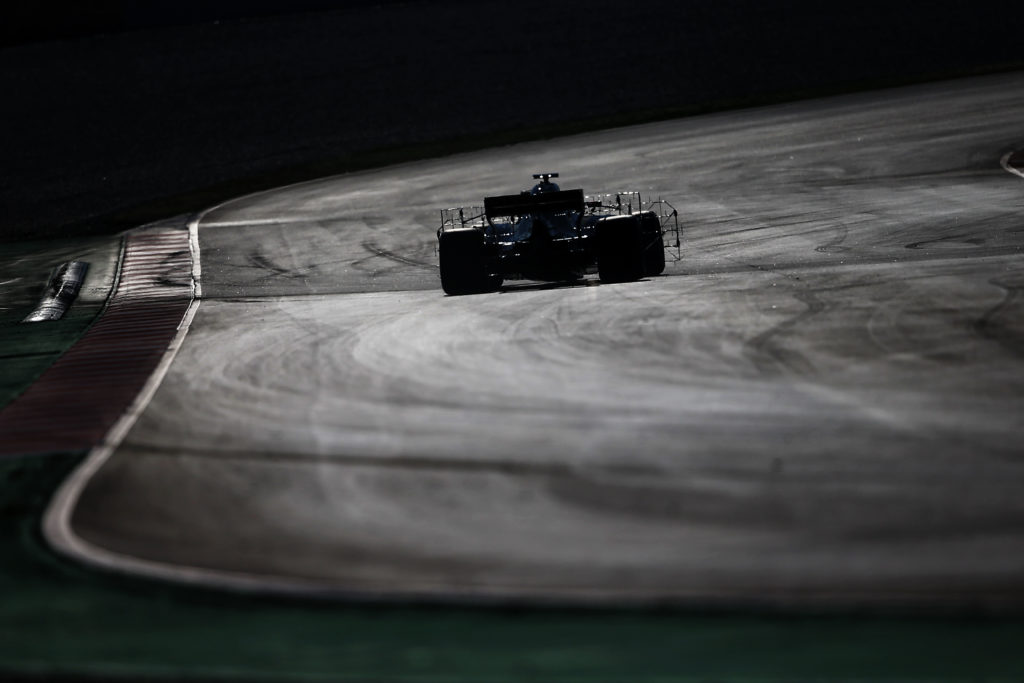
From the 11th to the 13th the Circuit de Barcelona-Catalunya hosts the 5th round of the 2018 Formula 1 World Championship. Located in Montmeló, it was inaugurated on 10 September 1991 and 19 days later hosted the first Formula 1 Grand Prix. In February and March the Catalan track was the scene of 8 days of testing during which the single-seaters covered a total of over 34 thousand km. A perfect test bed for Brembo's new braking systems. The track's grip level is always very high, as confirmed by tire wear.
The strong wind, responsible for Fernando Alonso going off the track in the 2015 tests, combined with a main straight of 1.047 meters and other smaller ones allow for effective heat dissipation between one braking and the next. According to Brembo technicians, who classified the 21 tracks of the World Championship, the Circuit de Barcelona-Catalunya falls into the category of circuits that are moderately demanding on the brakes.
The engagement of the brakes during the GP
Despite a lap time 13 seconds slower than the Sochi track, the difference in brake use amounts to just over half a second: in the Russian GP you brake for 13 seconds per lap, in the Spanish GP for 12,5 seconds per lap . The percentage of brake use during the race amounts to 16 percent, a value also achieved by the Bahrain GP.
The average maximum deceleration per lap is 4,5 g while last year it was 4,2 g, demonstrating the greater braking torque available in current single-seaters.
Hand in hand with the seasonal increase in braking torque, the energy dissipated during braking should increase: during the entire GP each single-seater should dissipate 178 kWh, equivalent to the hourly consumption of 3 large nightclubs in Ibiza. From the start to the checkered flag, Brembo technicians estimated that each driver faces approximately 530 braking applications, exerting a total load on the pedal of 69 tons.
In other words, each driver exerts a load of over 7 quintals per minute, i.e. just under the weight of a single-seater, driver included.
The most demanding braking
Of the 8 braking sections at the Circuit de Barcelona-Catalunya, 2 are classified as demanding on the brakes, 4 are of medium difficulty and 2 are light. Unlike other tracks, however, there isn't even a single corner where the brakes are used for less than a second.
The most demanding braking section is the one at turn 10: the single-seaters go from 308 km/h to 86 km/h with a braking time of 2,32 seconds during which they travel 58 metres, which is less than the width of the Camp Nou playing field. To achieve this, the pilots are required to apply a load of 148 kg on the brake pedal and undergo a deceleration of 5,2 g, which was the same as that experienced in the 3s by NASA astronauts with a re-entry angle to Earth of XNUMX degrees.
Lower deceleration is recorded at the first corner. The single-seaters reach 317 km/h and brake in just 1,51 seconds during which they travel 43 metres. The braking at turn 4 is also significant because in just 37 meters the single-seaters go from 291 km/h to 153 km/h.
if you want to always be updated on our news
Follow us here
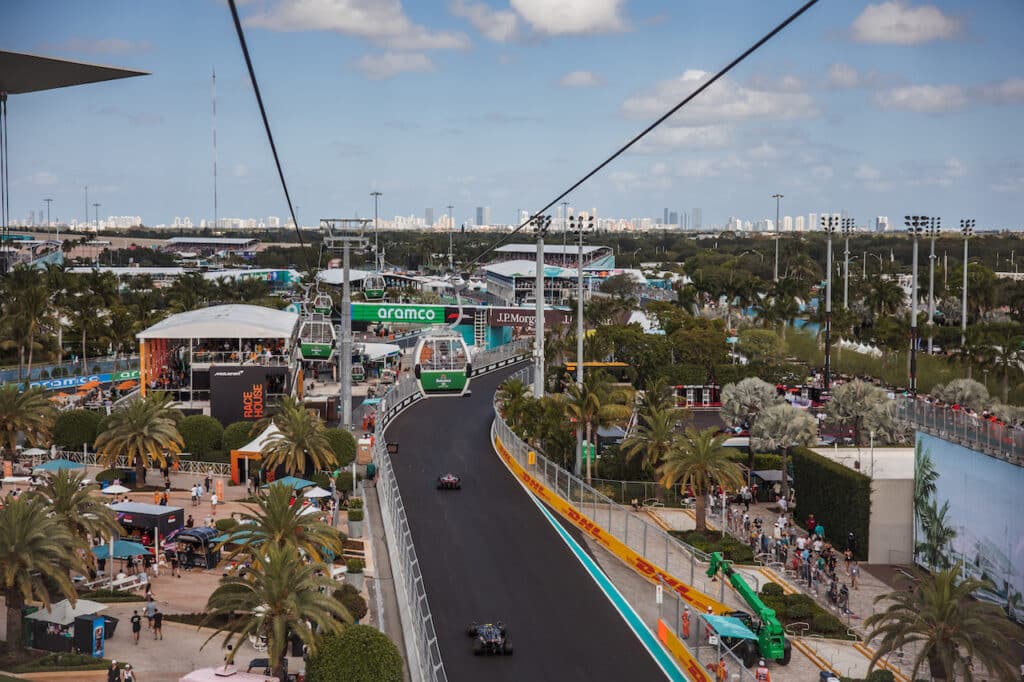
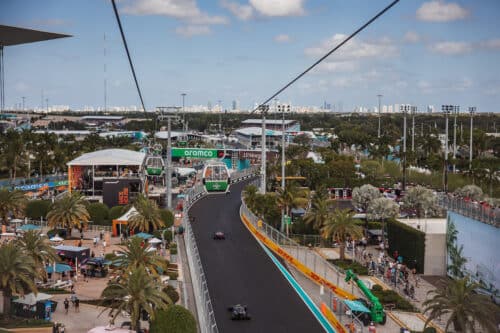

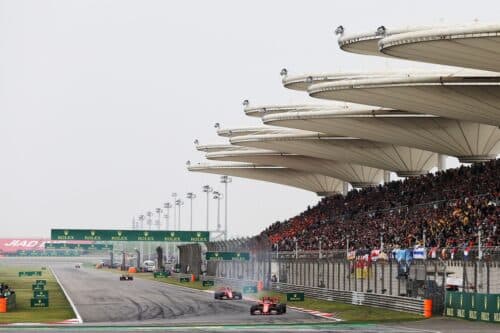


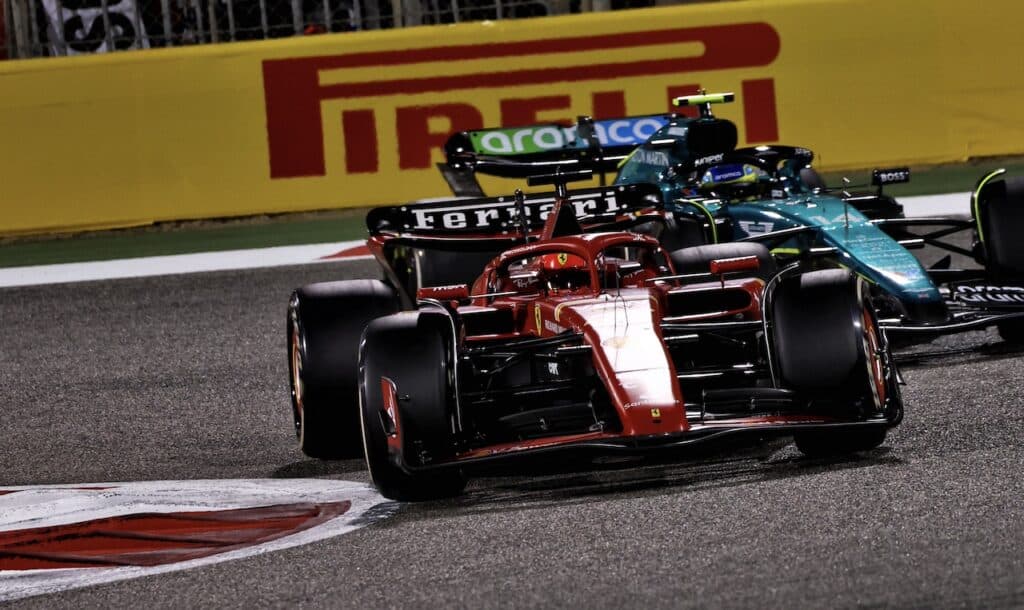
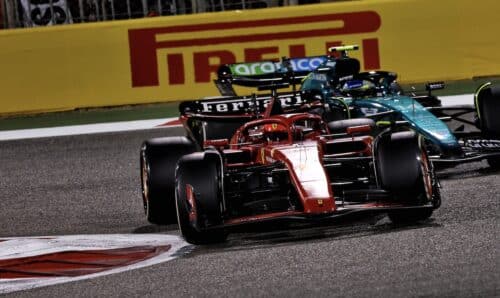
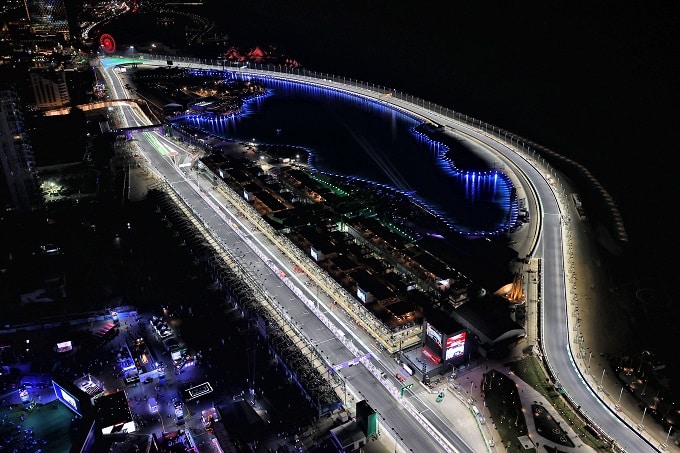
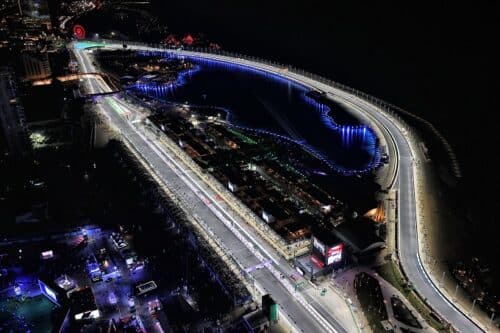

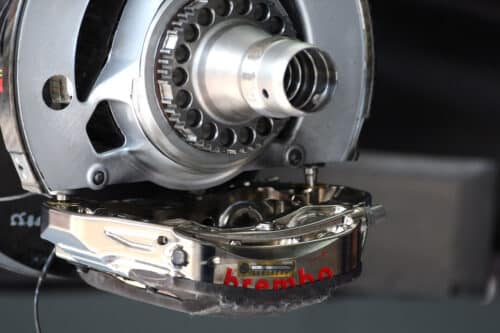
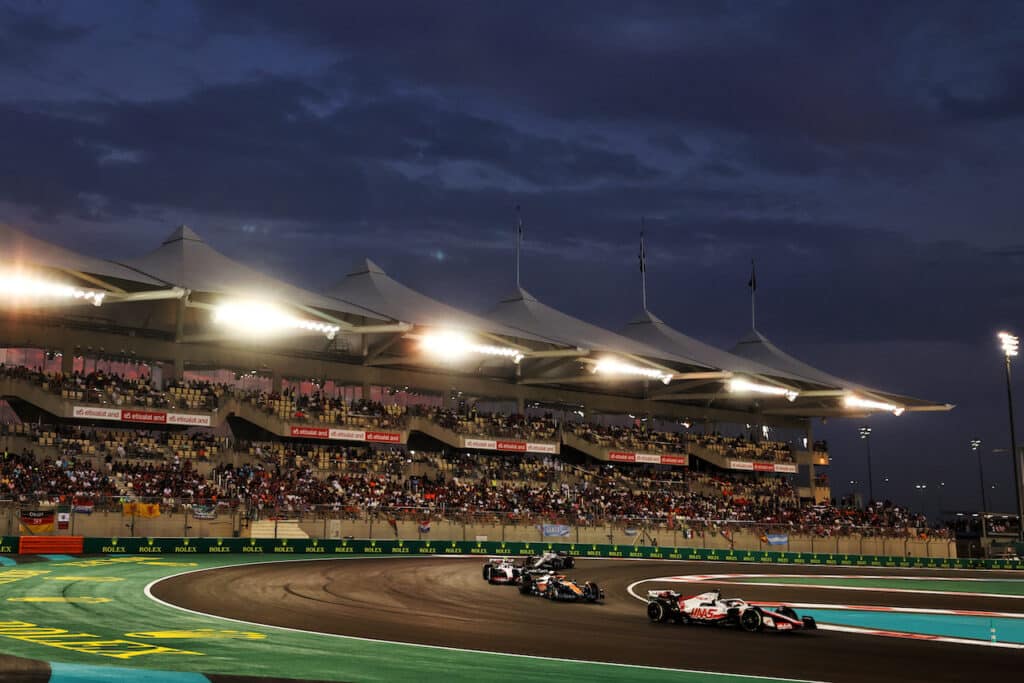
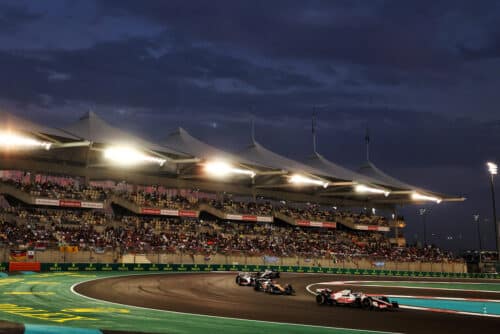
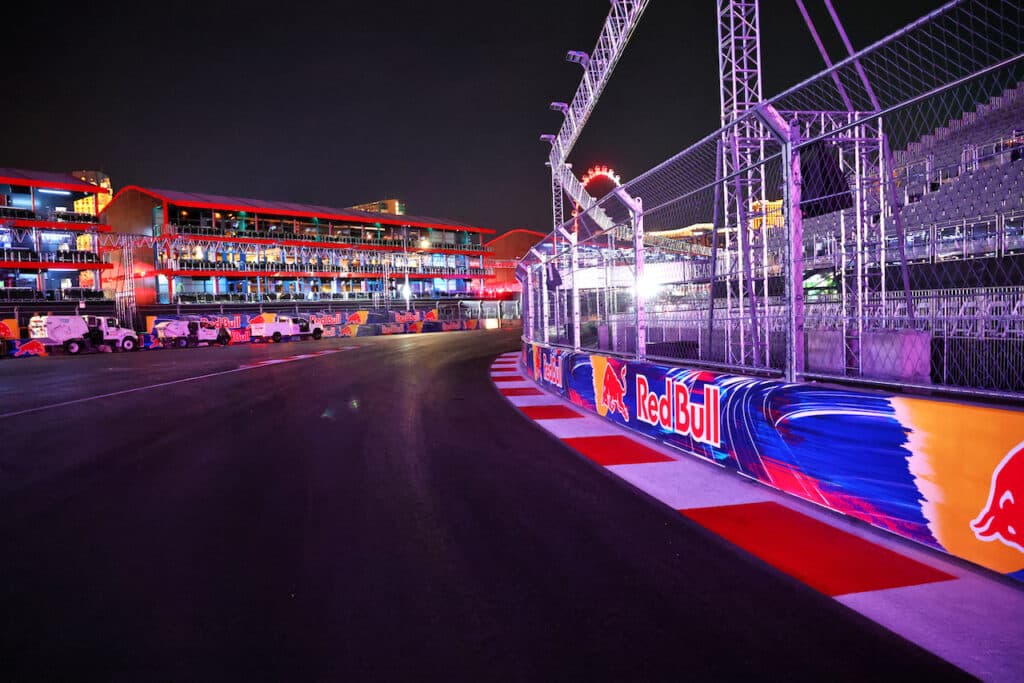

![Formula 1 | Focus: the special liveries in the history of Ferrari [PHOTO]](https://f1grandprix.motorionline.com/wp-content/uploads/2024/04/focus-ferrari7-1-1024x680.jpg)
![Formula 1 | Focus: the special liveries in the history of Ferrari [PHOTO]](https://f1grandprix.motorionline.com/wp-content/uploads/2024/04/focus-ferrari7-1-500x332.jpg)
